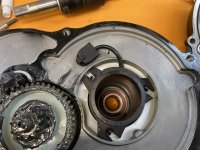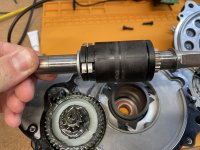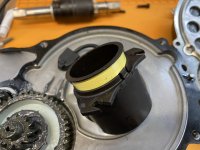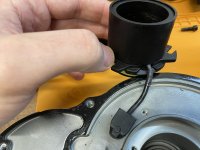Hello everyone
I am installing a Baserunner and Cycle Analyst on my eBike. My eBike is mid motor and has a torque sensor on the spindle (see pictures attached). The connecter has 7 pins but only 5 are used. The pinout on the controller looks like this, I mapped it to the connector.
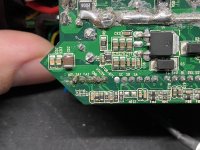

Any idea how these pins translate over to the Cycle Analyst pins?
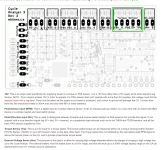
The Pins on the controller / Torque sensor are:
GND
VCC5V
AD1
TA1
TA2
Pins on Cycle Analyst are:
GND
10V (Step down to 5V)
DIR
RPM
TRQ
The GND and VCC are obvious but I'm not sure about the other pins. I think on the CA i'd only end up using the TRQ pin but i'm not sure. Any input is appreciated 8)
I am installing a Baserunner and Cycle Analyst on my eBike. My eBike is mid motor and has a torque sensor on the spindle (see pictures attached). The connecter has 7 pins but only 5 are used. The pinout on the controller looks like this, I mapped it to the connector.


Any idea how these pins translate over to the Cycle Analyst pins?

The Pins on the controller / Torque sensor are:
GND
VCC5V
AD1
TA1
TA2
Pins on Cycle Analyst are:
GND
10V (Step down to 5V)
DIR
RPM
TRQ
The GND and VCC are obvious but I'm not sure about the other pins. I think on the CA i'd only end up using the TRQ pin but i'm not sure. Any input is appreciated 8)


